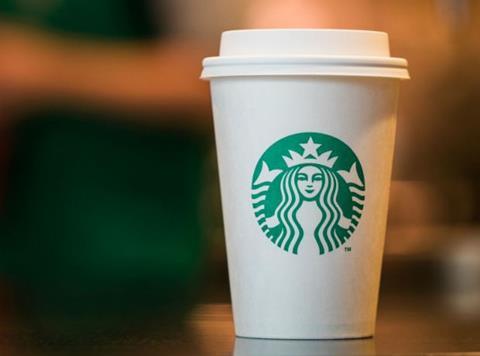
The news Sainsbury’s is doubling the number of Starbucks cafés within its stores, from 30 to 60, is likely to be welcomed by footsore shoppers or people looking for a place to meet up.
The Starbucks customer proposition is understood and well-known. It offers premium coffee at a reasonable price, served by friendly staff and personalised with your name on the cup (hopefully spelled correctly).
The push to expand the Starbucks in-store offering, alongside plans for 30 new restaurant hubs in partnership with Boparan Restaurant Group, is part of a huge revamp of the supermarket’s café and hot food offering.
The challenge for Sainsbury’s is how to manage such a big expansion of its relationship with the American coffee giant without over-balancing its core offer – a quintessentially British supermarket customer experience. Can the rollout of Starbucks seamlessly integrate with the 150-year-old-plus supermarket?
Success will be based on many factors but crucial to customer satisfaction will be the consistency of the brand experience for customers. Both brands have developed distinct experiences and a ‘tone of voice’ over decades and they must find a way to build a bridge between them, so the customers don’t find it jarring or disorientating when they come into the store.
The foundation of this bridge will be the employee experience (EX). If not all employees are on board and aligned with the customer and business goals, there is a risk of reputational damage. There’s an added tension in bringing these brands together as many existing Sainsbury’s staff are likely to lose their jobs in the planned overhaul.
Both Starbucks and Sainsbury’s will have their staff handbooks and ‘way of doing things’ but the senior leadership involved in the rollout will need to work on bringing employees together. Our study with Forrester found the efficiencies created through enhanced EX allow staff to focus their energies on better serving customers, with 64% realising or expecting better revenue. The key is getting the balance right between setting the right mindsets with employees, measuring to drive the right behaviours, and equipping them with the right tools and processes to join the customer experience.
This means listening to their concerns, offering extra training if required and investing in their EX. Leaders will need to understand how customer-facing staff feel about the brand partnership – concerns may arise when customer-facing employees feel as though they have no say in the direction of the business and their lived experiences on the shop floor are being drowned out by senior voices.
Recent research we conducted found just 8% of employers say they live the brand through each interaction with employees and customers. Employees are not going to aim for the highest standards in customer service if they don’t feel management is invested every step of the way.



















No comments yet